In the realm of avian wonders, ducks often captivate us with their grace and charm. While these waterfowls are renowned for their quacks and waddles, there lies a mysterious and underestimated aspect – their flight speed. Contrary to common beliefs, the velocity at which ducks take to the skies is a fascinating topic that often eludes our understanding. In this exploration, we will delve into the intriguing world of how fast can a duck fly, shedding light on the surprising speeds these feathered creatures can achieve. Prepare to embark on a journey that challenges preconceived notions and unveils the true prowess of ducks in the air.
What is the fastest duck
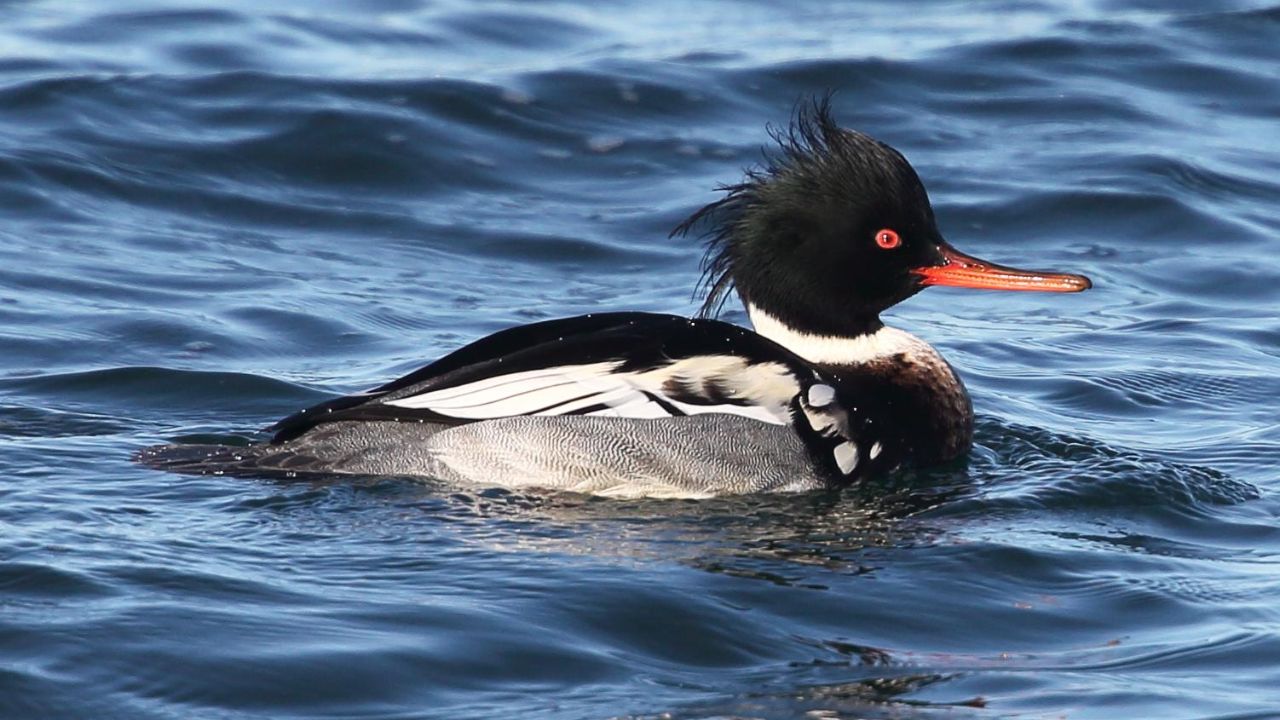
The title of the fastest duck goes to the appropriately named “Red-breasted Merganser.” These waterfowl are known for their exceptional speed and agility, particularly in flight. With a streamlined body, powerful wings, and a swift wingbeat, the Red-breasted Merganser can reach speeds of up to 81 miles per hour (130 kilometres per hour) during flight. This remarkable speed is not only crucial for their migratory journeys but also aids in evading predators and securing prey. The Red-breasted Merganser’s rapid flight showcases the incredible adaptations that ducks have evolved for survival in their dynamic and challenging environments.
Recognizing the Aerodynamics of Ducks
We need to first learn about the intriguing field of duck aerodynamics to understand how fast a duck can fly. Their distinctive flight characteristics are mostly due to their wing morphology and propulsion systems. Ezoic Ducks can easily move through a variety of habitats thanks to their developed unique wings and strong muscles.Their sleek bodies reduce air resistance as they soar through the sky, and their powerful breast muscles supply the required force for effective flapping. Mallard Duck
As we learn more about these incredible animals, it becomes clear that a variety of factors affect how quickly they can fly. This leads us to our next section, which focuses on the particular aspects that determine how quickly ducks can fly.
Factors Affecting the Speed of Flight
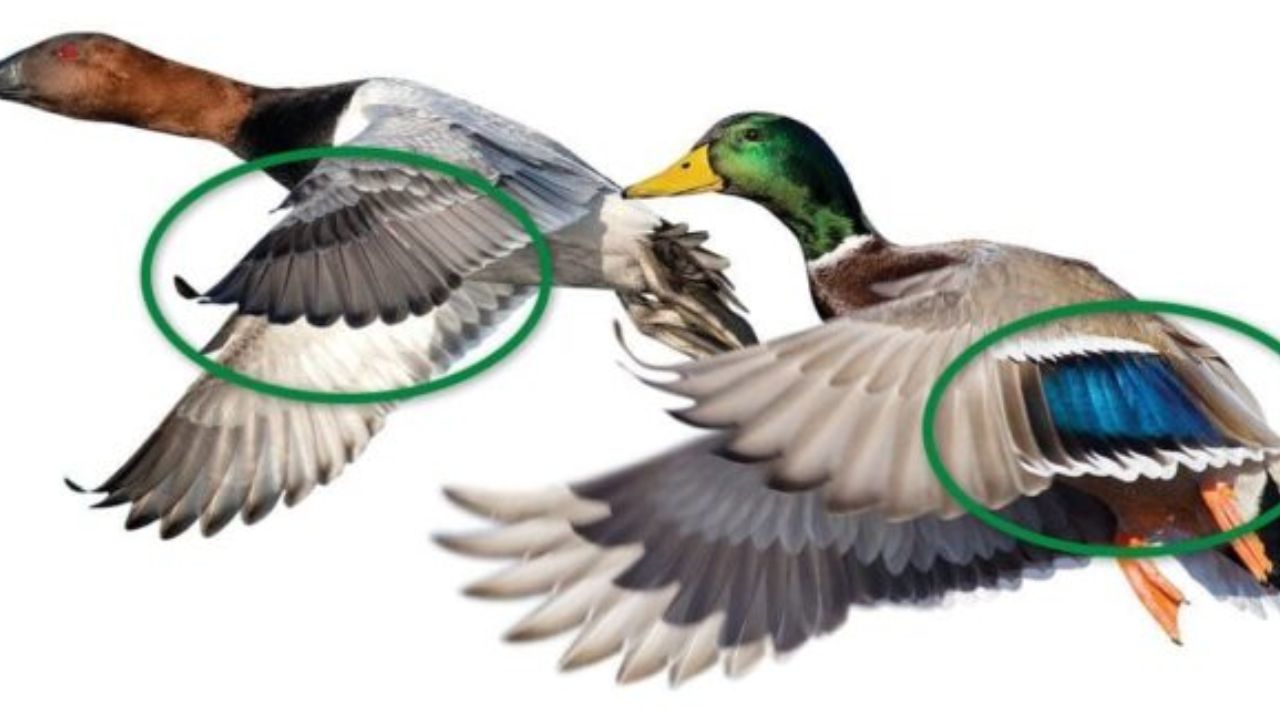
After learning about the nuances of duck aerodynamics, it’s important to take into account the different ways that different elements might affect a duck’s speed of flight. Flight obstructions like turbulence and wind resistance have a big impact on how fast they fly. Ducks also have to go around these obstacles while using as little energy as possible, REAL GEESE PRO SERIES II EXTREME MALLARD which could limit their pace.
Moreover, the physical characteristics of each species of duck have an impact on their total ability to fly. Now that we have this knowledge let’s examine the variances across duck species to learn more about how these changes affect their flying speeds.
Distinctions Between Duck Species
Ducks differ in terms of their ability to fly and their speed, much like a symphony of different instruments. The migration of ducks provides a great opportunity to compare the flying abilities of different species. Certain duck species, PIÈGES OUELL – 411 like the Mallard, may fly as fast as 40–60 mph (64–97 km/h), while other species, like the teal, may fly a little bit slower at their highest points.
These variations across duck species can be attributed to several factors, such as body size and wing form. When researching these intriguing birds and their migratory habits, it is essential to comprehend these differences. We now want to focus on how a duck’s ability to lift off and navigate its route is affected by its surroundings.
Conditions of the Environment And Flight
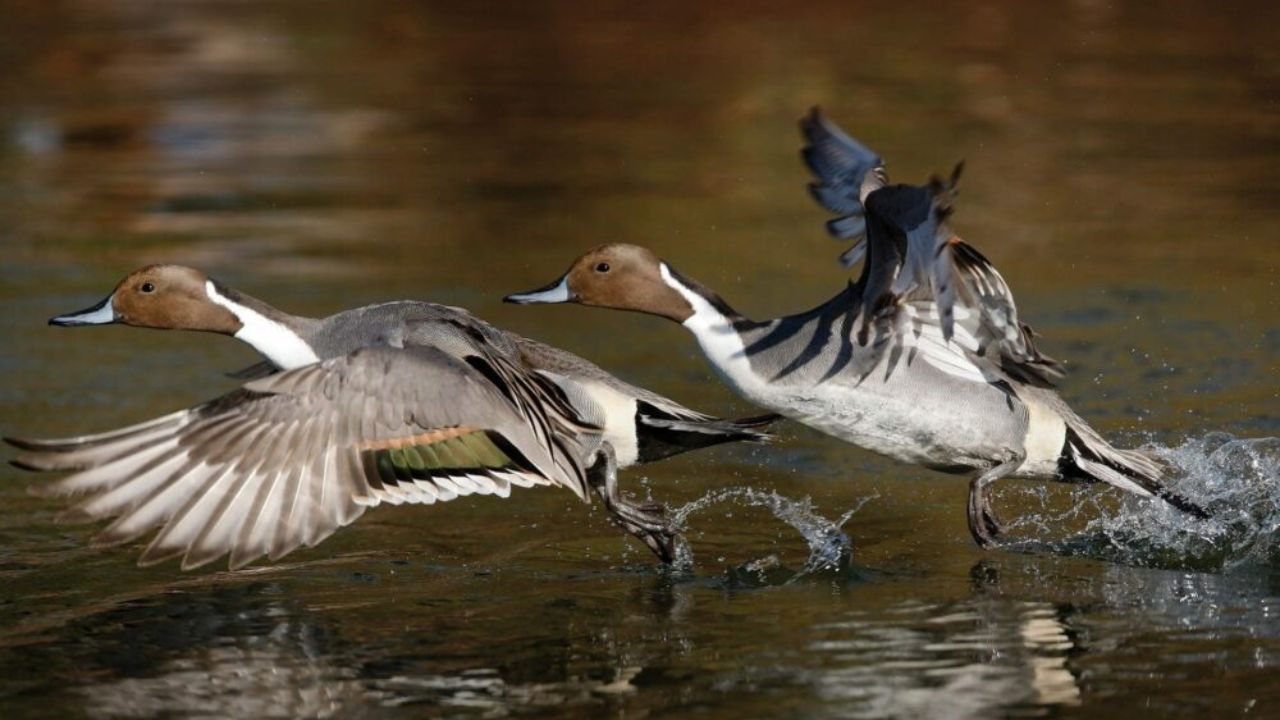
A duck’s ability to fly is influenced by wind speed; in high wind, the duck cannot fly as quickly. A duck’s speed can also be affected by air pressure; when it’s low, the duck can fly faster. Another element is temperature; a duck cannot fly as quickly in a chilly environment as it can in a warm one.
E-Wind Pace
Envision yourself as a duck, gracefully gliding across the heavens alongside your other avian companions. The amount of wind resistance affects how quickly you can flap your wings and get where you’re going. Buy Dakota Migration Series Blues It’s important to take into account potential wind speeds when evaluating the speed capabilities of ducks and other birds.
Ezoic
A strong tailwind would provide them with an additional boost and enable faster travel times, but a severe headwind may drastically reduce their speed. Either way, realizing these effects of the environment on flight will enable us to recognize the genuine flexibility and agility of our web-footed aviators.
Atmospheric Pressure
As we’ve seen, wind resistance is an important factor in the flight patterns of ducks and other birds. However, let’s take a look at another force at work as well—air pressure—in addition to the speed of the air surrounding them. When soaring far above us, WHITE ROCK Deck Boss Flying Canada Goose Decoy our feathered buddies must consider air pressure above everything else.
Their bodies are more significantly impacted by altitude the higher they travel, necessitating effective pressure adaptation systems to preserve peak performance while in flight. Once again demonstrating their incredible tenacity and flexibility, these amazing creatures can continue to glide gracefully even under less-than-ideal atmospheric conditions by making necessary adjustments to their internal systems.
Temperature
Temperature, in addition to air pressure, is another important component that impacts a bird’s capacity to fly. Ducks need help with temperature management when they travel to higher, Dakota Xtreme One Piece Mallard Decoys colder elevations and try to keep their bodies at a constant temperature.
This becomes especially crucial during the duck migration when the birds travel great distances and pass through a variety of climates. These bird navigators can maintain ideal interior conditions for flying performance while effectively managing changes in external temperature by utilizing an efficient system of insulation and heat exchange within their bodies.
How Fast Can a Mallard Duck Fly
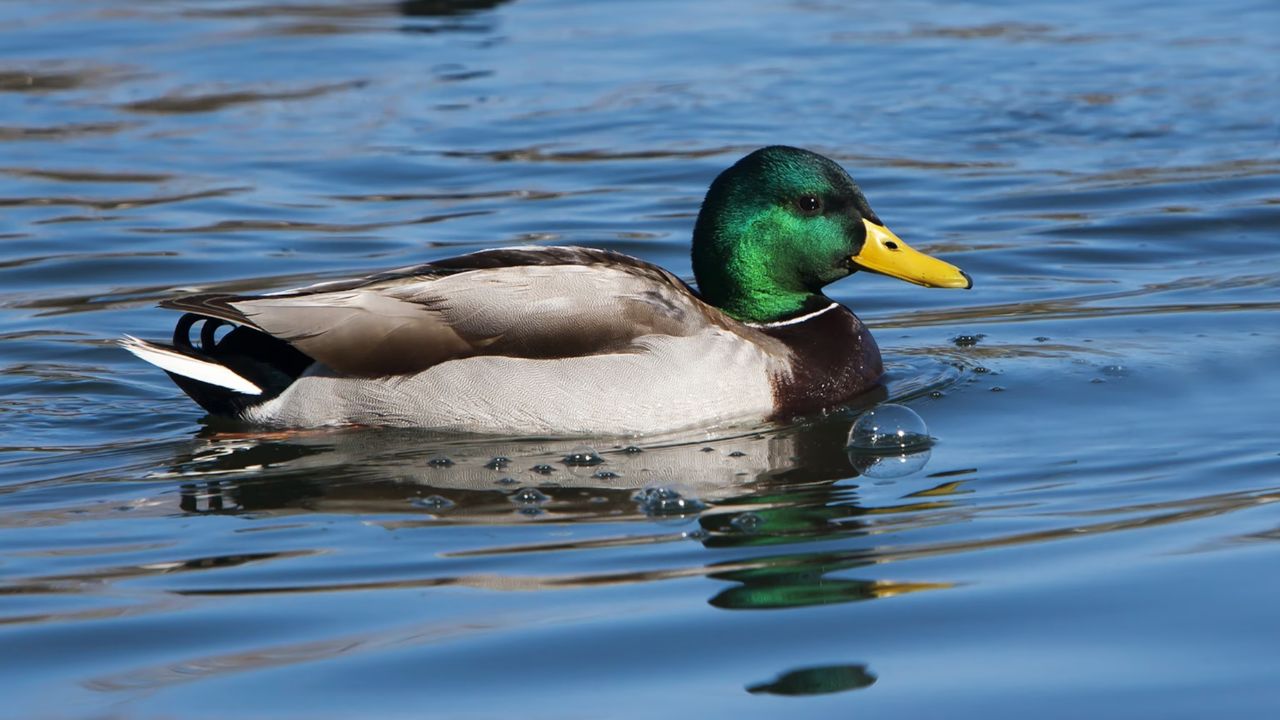
Mallard ducks, known for their adaptability, are capable fliers, reaching speeds of 40-60 miles per hour (64-97 kilometres per hour). These birds exhibit impressive aerial agility, which is essential for their survival in various habitats. Their wings are well-suited for rapid flight, featuring a pointed and streamlined shape. Mallards often use their speed and manoeuvrability to evade predators and cover considerable distances during migration. AVIAN-X TOP FLIGHT REDHEAD DECOYS This flight capability is not only a testament to their evolutionary adaptations but also enhances their ability to navigate diverse landscapes, making mallard ducks an amazing animal to watch in their natural habitat.
Conclusion
In conclusion, the fastest duck in the world, exemplified by the remarkable Mallard, adds a dynamic layer to our understanding of these avian creatures. With speeds ranging from 40 to 60 miles per hour, Mallard ducks showcase not only impressive agility but also a survival strategy finely tuned to their diverse environments. One indication of the evolutionary adaptations that have moulded these birds is their swiftness in flying. As we continue to marvel at the natural world, acknowledging the nuanced capabilities of ducks in flight deepens our appreciation for the intricate balance between form and function in the avian realm.
FAQ
Can ducks fly at night?
No, ducks are diurnal birds and are not adapted for flying in low-light conditions.
Are all ducks good fliers?
While most ducks are competent fliers, some species, like the flightless steamer ducks, have limited flight abilities.
What is the average lifespan of a duck?
The average lifespan of a duck ranges from 2 to 12 years, depending on the species and environmental factors.
How fast can ducks swim?
A duck’s swimming speed ranges from two to three miles per hour to five kilometres per hour.
Can ducks fly long distances during migration?
Yes, ducks, especially during migration, can cover impressive distances, aided by their efficient flight capabilities.
Do ducks have a sense of direction during migration?
Yes, ducks possess a remarkable sense of direction, relying on celestial cues and environmental landmarks for successful migration.

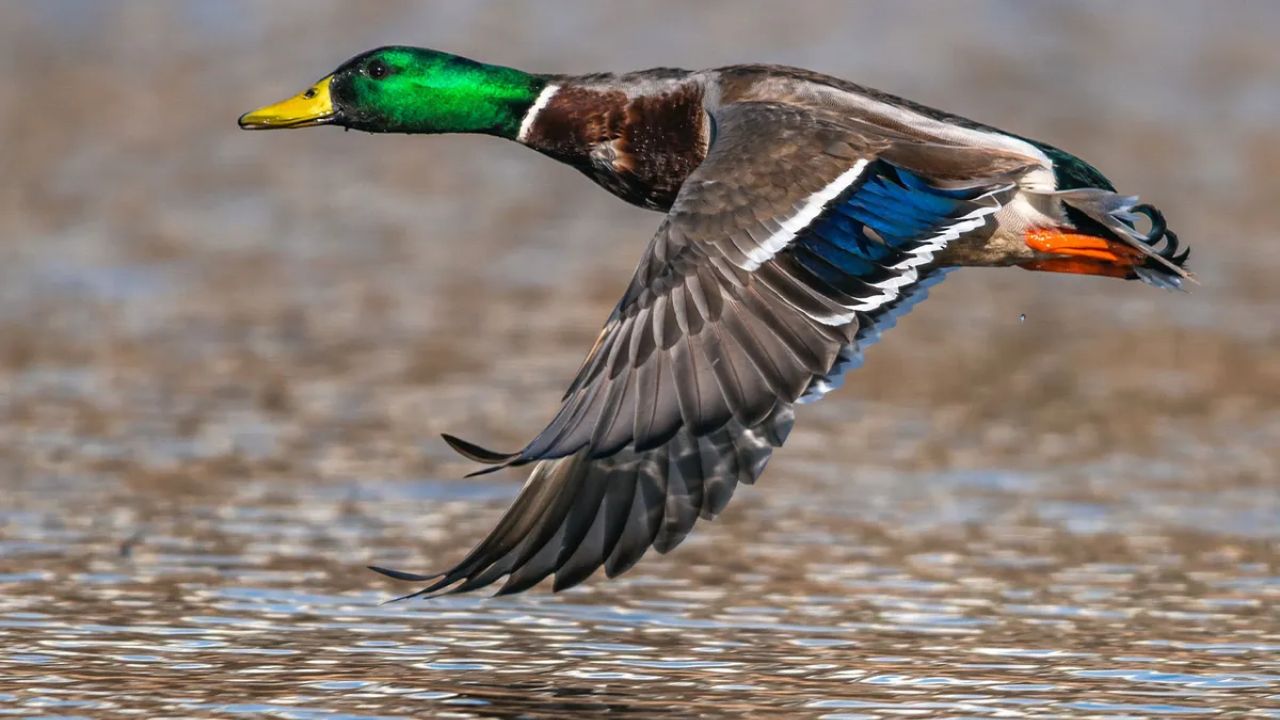
One thought on “How Fast Can a Duck Fly Than We Think”